Going Up and Going Down
Plane and Pilot
JULY 2, 2025
This is new territory for beginning pilots, who must be taught the right—and wrong—ways to manage ascent and descent. For climbing, full or recommended climb power is usually employed, and for descent or landing approach, a power setting that produces the desired descent rate is selected.









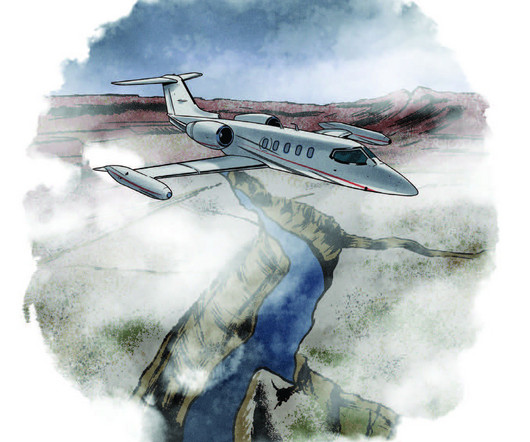


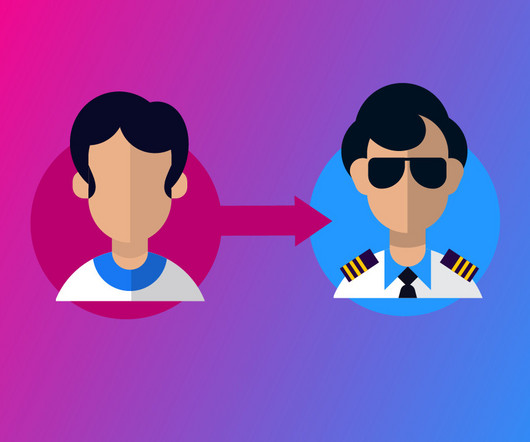

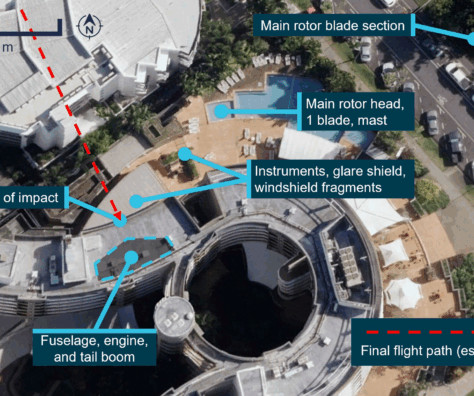


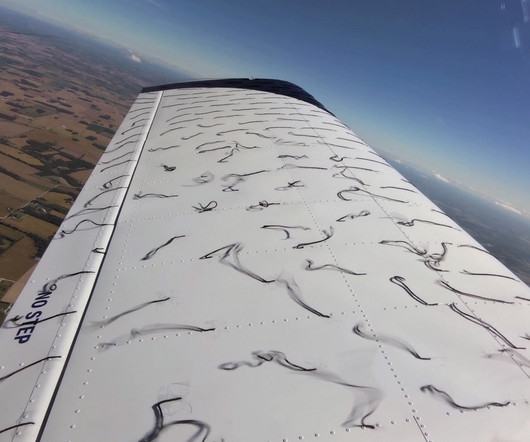
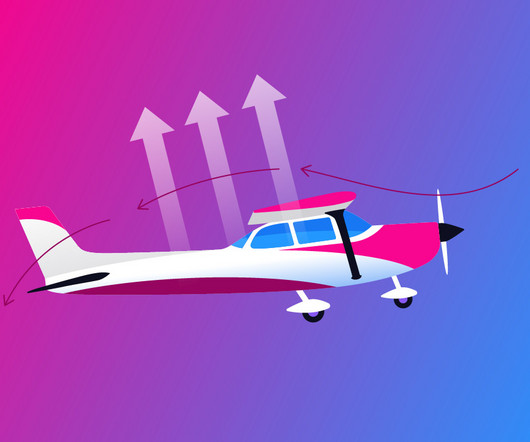














Let's personalize your content